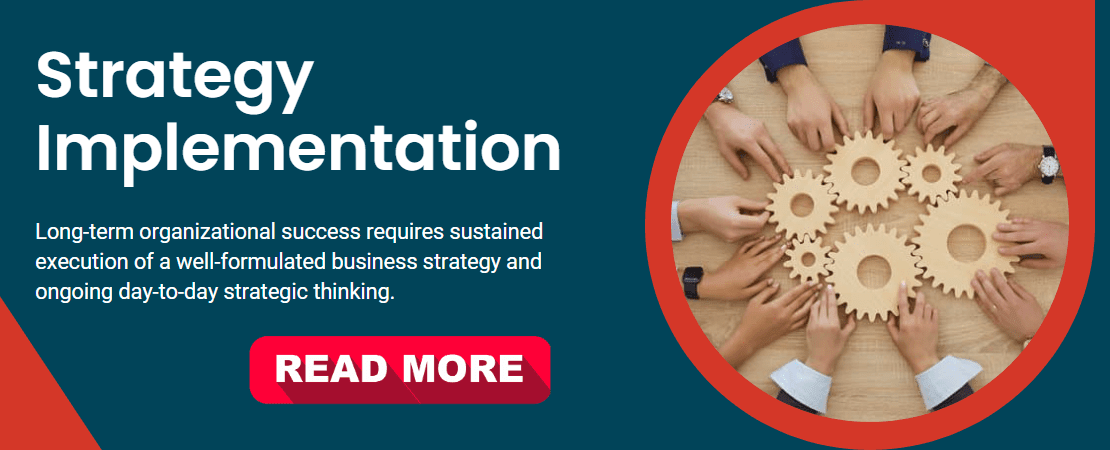BUSINESS SUCCESS SERIES-STRATEGY IMPLEMENTATION
- April 2, 2018
- Posted by: James Waweru
- Category: Competitive research

Introduction
The terms strategy and strategic plan will be used quite frequently in this article so let’s recap what they mean. We already defined strategy in a previous article as the cumulative impact of the choices (with a long-term impact) that an organization makes over time. A planned strategy is one that plans for those choices in advance. A strategic plan is the upfront plan and schedule of those choices, usually pulled together into a written document that describes those choices and how they will interplay, and at a top level, how they will be implemented. When the word strategy is used in this article, it implies ‘planned strategy’. A planned strategy is to be distinguished from an emergent strategy, which distinction was covered in our first article. Having clarified the terms, let’s now dive in.
Strategy Implementation refers to the execution of the plans and strategies aimed at accomplishing the long-term goals of an organization. It is the process that calls out clearly, schedules, and actualizes the actions that make the delivery of the strategic objectives a reality. It involves delivering everything planned on time, on budget, at quality, and with minimum variability. It is through the strategy implementation process that an organization is able to achieve its objectives, gain competitive advantage, and achieve team cohesion as they execute activities that contribute to a unitary whole strategy.
Although a well-formulated business strategy is a prerequisite for success, by itself it is not adequate. Rather sustained execution of the well-formulated strategy, coupled with a healthy dose of ongoing day-to-day strategic thinking will assure long-term organizational success.
- Growth through innovation/creativity:
Rather than be constrained by ideas for new products, services and new markets coming from just a few people, a Thinking Corporation can tap into the employees. - Increased profits:
The corporation will experience an increase in profits due to savings in operating costs as well as sales from new products, services and ventures.
- Higher business values:
The link between profits and business value means that the moment a corporation creates a new sustainable level of profit, the business value is adjusted accordingly. - Lower staff turnover:
This, combined with the culture that must exist for innovation and creativity to flourish, means that new employees will be attracted to the organization.

